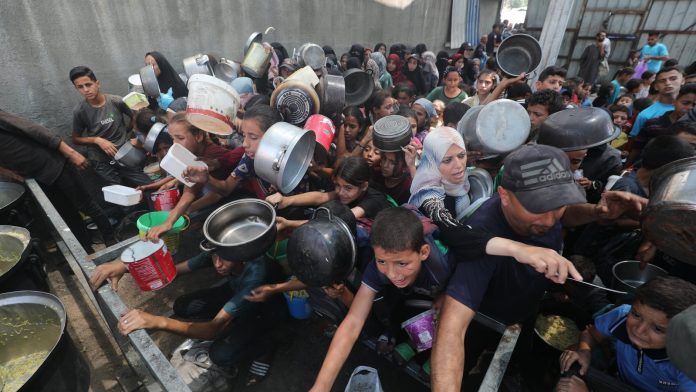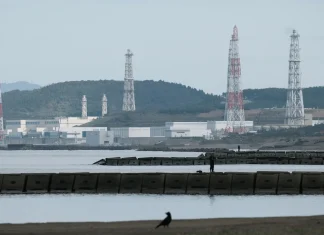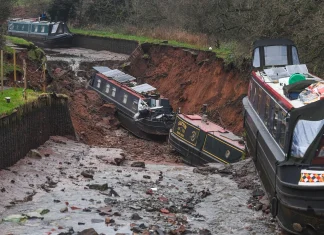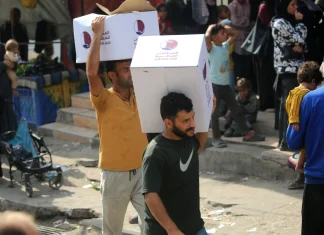Gaza on the Brink: Starvation and Stalemate Amid Ceasefire Hopes
In the heart of a conflict that continues to shatter lives and test humanity, Gaza’s ordeal is deepening with each passing day. According to the United Nations’ human rights office, while some humanitarian aid is trickling into the besieged territory, it is woefully insufficient to stave off widespread famine. The stark reality facing Gaza’s 2.2 million residents is one of desperation, as they grapple with shrinking supplies and relentless violence.
The Thinning Hope of Humanitarian Relief
Thameen Al-Kheetan, a spokesperson for the U.N. human rights office, put it bluntly during a recent briefing in Geneva: “Israeli authorities have only allowed aid to enter in quantities that remain far below what would be required to avert widespread starvation.” His words weighed heavy with urgency, pointing directly to the lethal consequences of a policy that restricts humanitarian aid flow.
This bottleneck in critical supplies does not come without explanation or claim of effort on the Israeli side. The Coordinator of Government Activities in the Territories (COGAT), Israel’s military agency responsible for directing aid into Gaza, insists that Israel is investing “considerable efforts” in distributing humanitarian assistance. Yet, the ground reality tells a different story—one where countless families face the terrifying specter of hunger every day.
A Fragile Hope: Talks Toward a Ceasefire
Beyond the widening humanitarian crisis, diplomatic winds have shifted, tentatively breathing life into the possibility of a ceasefire. Behind closed doors, Israeli officials are studying Hamas’ response to a proposed 60-day truce, one that could also include releasing half of the hostages still held inside Gaza – a staggering 29 women, children, and men taken captive since the conflict escalated.
“This is a critical moment,” said an Egyptian security source who has been quietly involved in mediation efforts. “Egypt and Qatar have been working tirelessly to restart indirect talks, hoping to bring some respite to a region devastated by ongoing war.” The pace has quickened following Israel’s announcement of an impending offensive targeting Gaza City, a move that has alarmed the international community and frightened an estimated one million residents currently in the city limits.
The ceasefire proposal reportedly includes:
- The release of 200 Palestinians jailed in Israel.
- The freeing of an unspecified number of women and minors held in Israeli prisons.
- The release of ten living and 18 deceased Israeli hostages in Gaza.
- A partial Israeli military withdrawal from Gaza, where they presently control 75% of the territory.
- The entry of increased humanitarian aid into Gaza.
These elements, while offering a glimmer of hope, have stirred deep tensions. Hamas negotiators conveyed they accepted the proposal this time “with no further demands,” a shift from the deadlock that marred months of prior talks. Yet, profound gaps remain. Israel’s demands for Hamas to disarm and for its leadership to exit Gaza present conditions Hamas leaders publicly reject. We are thus left in a precarious limbo — can pragmatism overcome pain?
The Human Cost on the Streets of Gaza City
On the ground, the horrors continue unabated. In the eastern suburbs of Gaza City, the military offensive presses forward. In Zeiotun, Israeli armored divisions completed their takeover, only to unleash mortar fire on nearby neighborhoods, including the area of Sabra. According to local medics, the bombing killed at least three civilians, including two women. Dozens more were trapped in their homes, caught in the deadly crossfire, forcing a suffocating reality where safety feels like a cruel illusion.
“We’re living in constant fear,” 29-year-old Mariam, a mother of three from Sabra, told me via phone. “Every shell that falls could be our last. Food is running out, and it feels like the world has forgotten us.”
Voices of Resistance and Appeals for Peace
Thousands of Israelis took to the streets this past Sunday — some of the largest demonstrations since the war’s beginning — calling not for escalating conflict but for peace, for an end to the violence that has claimed over 1,200 Israeli lives and left hundreds more as hostages. “We want to see the hostages freed. We want to see this end,” one rally participant told me in Tel Aviv, gripping a handmade sign that read “Peace Now.”
However, within Israel’s government, the chorus is far from united. Far-right ministers Bezalel Smotrich and Itamar Ben-Gvir openly oppose ceasefire talks, advocating instead for continued military operations aimed at crushing Hamas entirely and even annexing Gaza — a proposition that could inflame the conflict and exacerbate regional instability.
“The political dynamics are complex,” explains Dr. Miriam Rosen, a Middle East analyst. “Prime Minister Netanyahu faces internal pressure, balancing security imperatives with growing international and domestic calls for ceasefire. This tug-of-war makes any rapid peace deal incredibly difficult.”
The Larger Picture: A Conflict That Defies Easy Answers
The roots and ramifications of this war run deep. It is a struggle that illuminates broader questions of survival, sovereignty, and human dignity. The war erupted when Hamas militants launched a brutal attack that shocked Israel and jolted the world – a deadly raid that led to 1,200 Israeli fatalities and the capture of 251 hostages.
Since then, Israel’s response has been overwhelming, with casualty estimates in Gaza surpassing 61,000. The humanitarian crisis here is on a catastrophic scale: displaced millions, obliterated infrastructure, and a population teetering on the edge of famine.
Yet the global community watches with mixed emotions. There is a collective grappling with the moral complexity of war — questions that push beyond political pragmatism. Can justice be achieved without justice for all? Can peace both heal and honor those who have suffered?
For the people in Gaza, the stakes are immediate and profound. The youngest children face malnutrition, and the elderly cope with trauma and loss. For Israel, the anguish over hostages and fallen civilians feeds a determination that is fierce and unforgiving.
Looking Forward: What Can the World Do?
In this brutal landscape, it is tempting to view progress as impossible. But history teaches us that amid despair, unexpected breakthroughs can happen. This proposed ceasefire, flawed and fragile though it may be, offers a critical doorway — however narrow — to halt the suffering.
So I ask you, the reader: When faced with such staggering tragedy and complexity, where do our responsibilities lie? How do we balance demands for security, justice, and compassion when the human cost is measured in lives and dreams broken?
The story unfolding in Gaza is not just about borders or politics; it is about our common humanity. It challenges all of us to lean into discomfort, to amplify forgotten voices, and to imagine a future where no one starves, no child lives in fear, and no hostage is left behind.
As night falls over Gaza today, the silence between the gunfire is filled with hope — faint, fragile, but persistent. It is the hope that peace, like dawn, may one day break.










